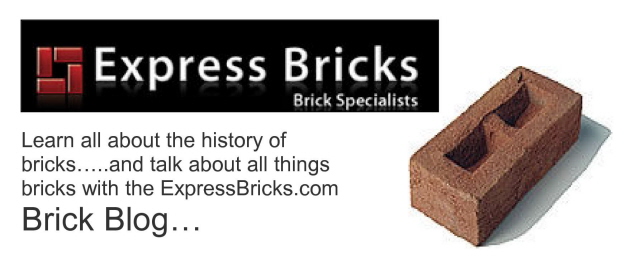Pointing is effectively the application and maintenance of the mortar which bonds the brickwork. After the masonry has been laid, the gaps are in filled with mortar, this is known as pointing. Pointing should not be done during any extreme hot or cold weather.
If re-pointing, any vegetation growing on the mortar should be removed and the existing mortar should be chiselled back. This should be done using either s plugging chisel, club hammer or mini angle grinder to a depth of 13mm.
All the debris should then be washed off and the walls should be left to dry before the re-pointing begins. The mortar used for the pointing should be 1 : 3 parts and be quite stiff so the mixture does not fall of the trowel.
Different types of Pointing
Weather Struck Joint This type of joint should be used when the bricks have become uneven over time due to weathering. The joint is pointed by filling the perp joint first and then the bed joint which would be shaped by placing the trowel on the perp joint and angling it downwards to create a smooth finish. Weather Struck and Cut Pointing Similar to the previous weather struck joint, except the bed joints are neatly trimmed using a Frenchman or pointing trowel.
Tooled, Bucket Handel Joint The most popular joint used today, where the joint bed is slightly rounded inwards. The mortar should not be pressed in too hard. The tool needed for this job is a rubber hose, an old type bucket handle. Flush or Rag Joint This finish of this joint is flush with the brick work, smoothed off with a rag. This finish should only be used for brickwork above water level.
Recessed Joints
This Finish of this joint is recessed. The mortar is formed to a consistence depth of approximately 5 mm. This joint should only be used with a frost resistant brick and is not recommended where the brickwork could be exposed to severe wind driven rain.









No comments:
Post a Comment